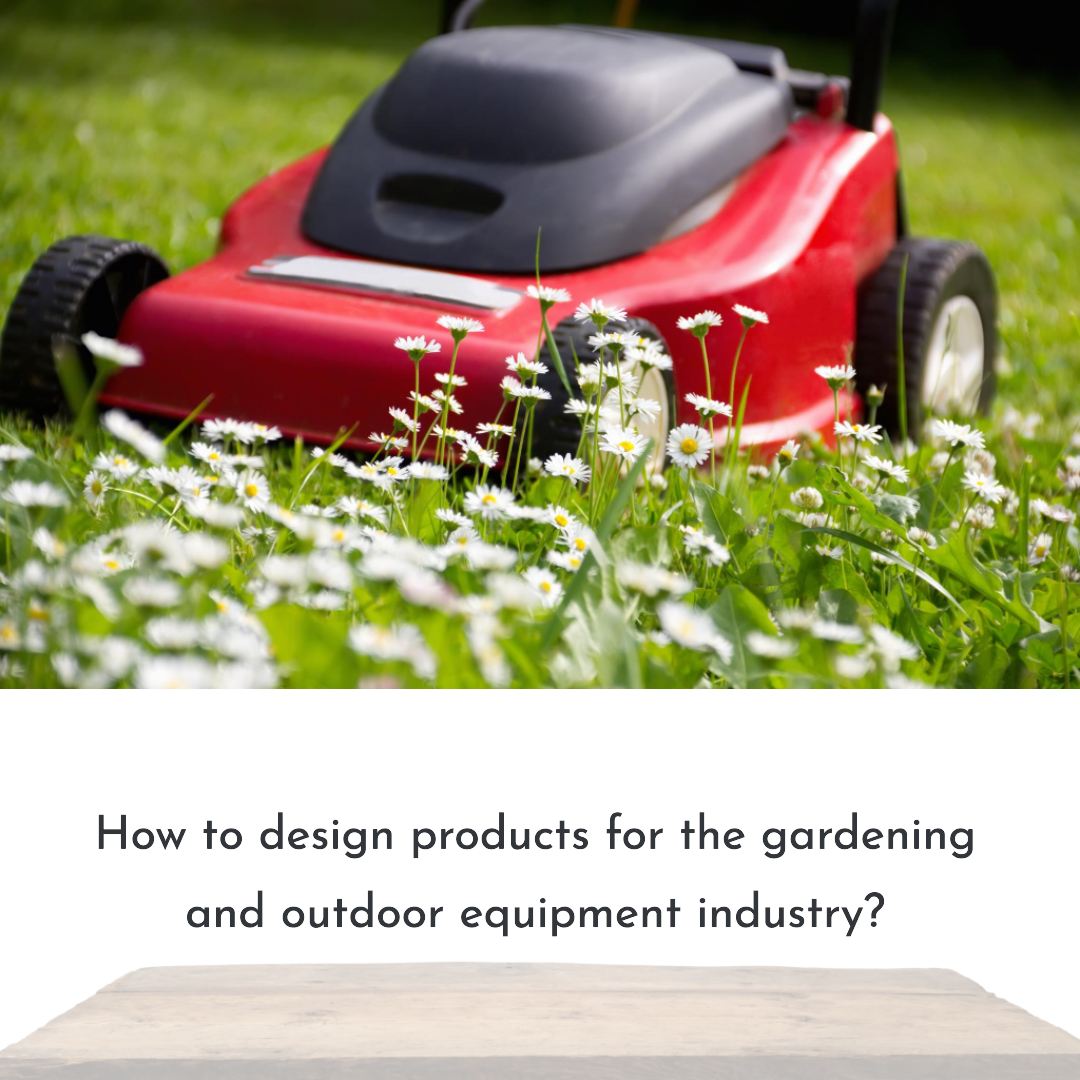How to design products for the toy and gaming industry?
Introduction
The toy and gaming industry is a highly competitive one, with new products being released all the time. To create a successful product in this market, designers need to have a deep understanding of what children and families are looking for. They also need to be able to create products that are safe, fun, and engaging.
In this blog article, we will discuss the essential steps involved in designing products for the toy and gaming industry. We will cover everything from brainstorming ideas to prototyping and testing your product. We will also provide tips on how to market and sell your product once it is finished.
Step 1: Brainstorming ideas
The first step in designing a toy or game is to come up with a great idea. This can be a challenging process, but it is also a lot of fun. There are many different ways to brainstorm ideas. You can start by thinking about your own childhood experiences and what you loved to play with. You can also talk to children and families about what they are looking for in a toy or game.
Another great way to generate ideas is to look at trends in the toy and gaming industry. What are the latest popular toys and games? What are the emerging trends? Once you have a good understanding of the current market, you can start to come up with your own unique ideas.
Step 2: Researching your target audience
Once you have a few ideas, it is important to research your target audience. Who are you designing your toy or game for? What are their needs and interests? What are their pain points?
Once you understand your target audience, you can start to tailor your design to meet their needs. For example, if you are designing a toy for preschoolers, you will need to make sure that it is safe and easy to use. If you are designing a game for teenagers, you will need to make sure that it is challenging and engaging.
Step 3: Creating a prototype
Once you have a well-developed idea and have researched your target audience, it is time to create a prototype. A prototype is a working model of your toy or game. It doesn’t need to be perfect, but it should give you a good idea of how your product will work and how it will be played with.
There are many different ways to create a prototype. You can use simple materials like cardboard and tape, or you can use more sophisticated tools like 3D printers. The best way to create a prototype will depend on the type of toy or game you are designing.
Step 4: Testing your prototype
Once you have a prototype, it is important to test it with your target audience. This will help you to identify any areas that need improvement.
When testing your prototype, you should pay attention to the following:
- Is it safe?
- Is it easy to use?
- Is it engaging?
- Is it fun?
If you find any areas that need improvement, make the necessary changes and test the prototype again.
Step 5: Refining your design
Once you are happy with your prototype, it is time to refine your design. This may involve making changes to the materials, the manufacturing process, or the overall look and feel of your product.
When refining your design, it is important to keep your target audience in mind. Make sure that your product is still safe, easy to use, engaging, and fun for them to play with.
Step 6: Manufacturing your product
Once your design is complete, it is time to start manufacturing your product. This can be a complex process, so it is important to work with an experienced manufacturer.
When choosing a manufacturer, make sure that they have experience manufacturing toys and games. You should also make sure that they have a good reputation and that they can produce your product to your specifications.
Step 7: Marketing and selling your product
Once your product is manufactured, it is time to start marketing and selling it. This can be a challenging process, but it is important to get your product in front of potential customers.
One way to market your product is to attend toy and game trade shows. This is a great way to meet potential buyers and retailers. You can also market your product online through social media, paid advertising, and your own website.
Conclusion
Designing products for the toy and gaming industry is a challenging but rewarding process. By following the steps outlined in this article, you can increase your chances of success.








